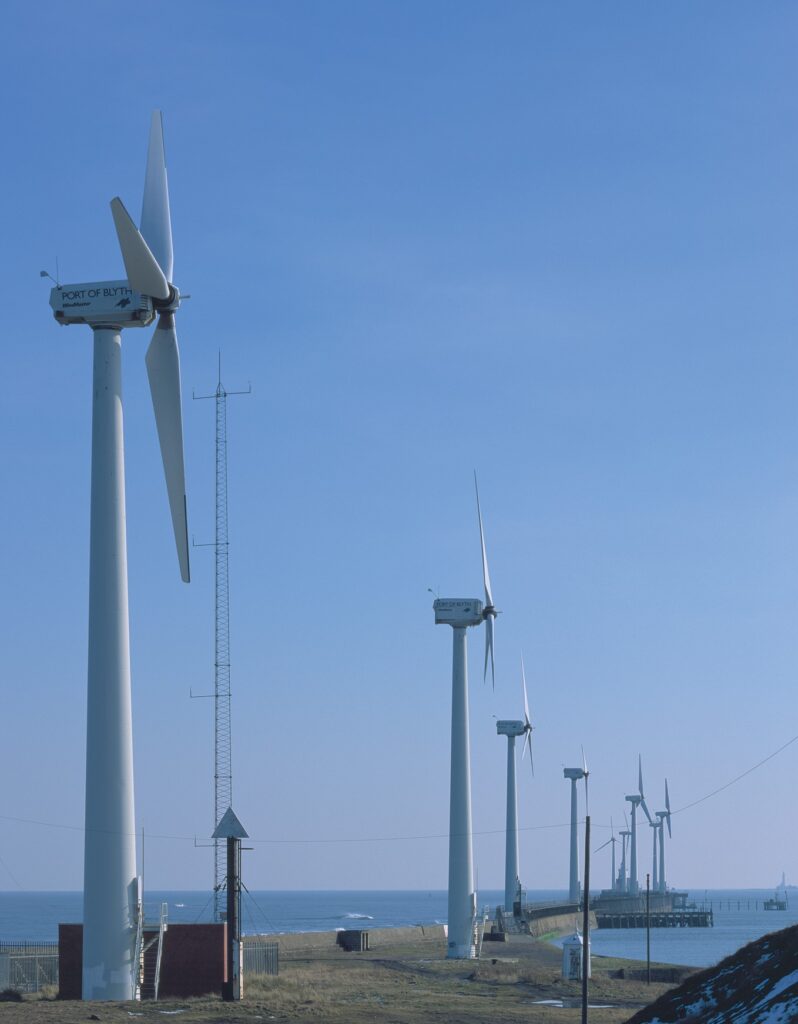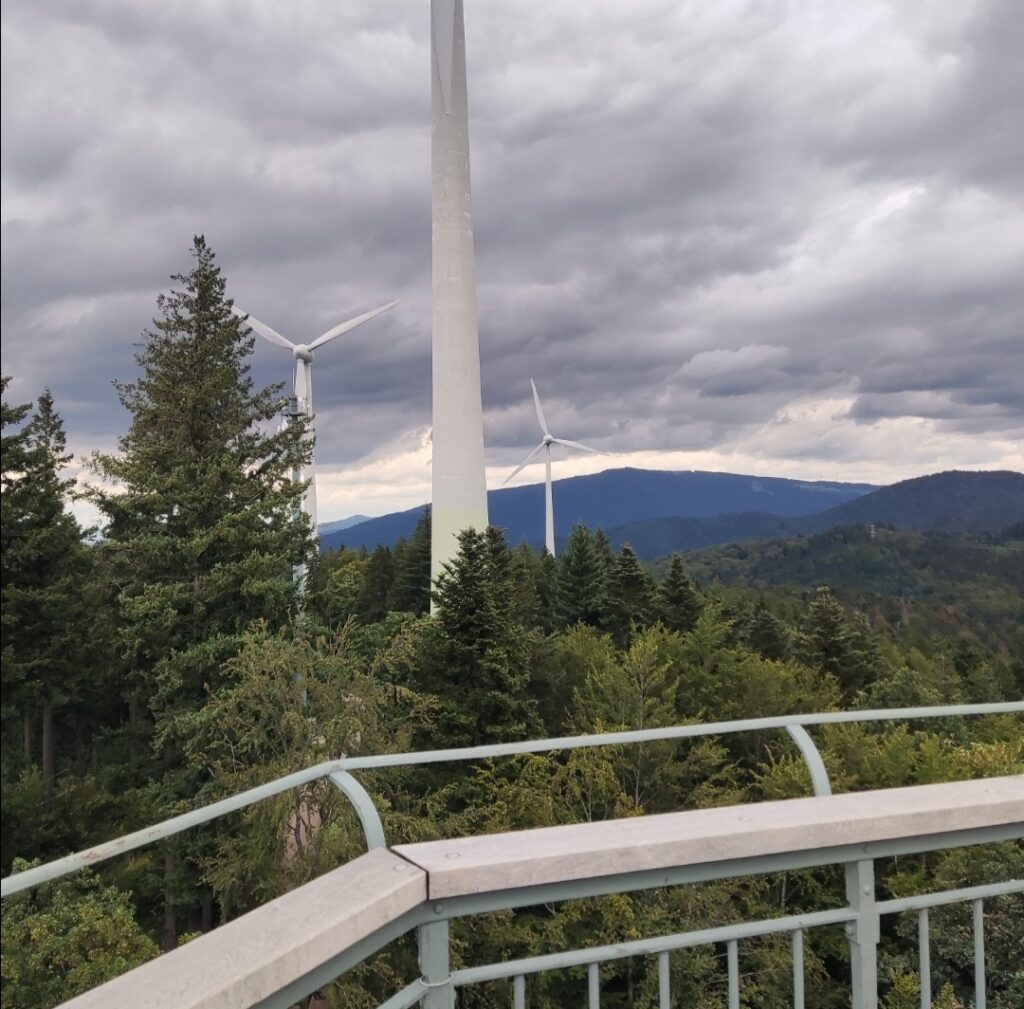On Thursday 28th November, the School of Natural and Environmental Sciences (SNES) hosted SpudFest. With over 1000 visitors, many have labelled it the “best event of the year.” From mini games to research stalls, the Boiler House was transformed into a potato haven. Read on to learn more about the event, its successes and its partners!
NU Farms
As part of their ground-breaking research, SNES has collaborated with NU Farms to drive innovation in plant and crop science. Every year, University farms – Cockle Park Farm and Nafferton Farm – grow tonnes of potatoes for research. When ready for harvest instead of contributing to food waste, SNES generously share their excess potatoes with the university community at SpudFest every year. This year over two tonnes of potatoes were given away!

Image: SpudFest attendees gather around tables, collecting NU Farm potatoes.
Eat@Newcastle
One of the highlights of the day were the complimentary food samples, courtesy of Eat@Newcastle. The spiced wedges and the creamy potato soup were fan favourites, attracting long lines of students and colleagues. In total, 200kg of NU Farm potatoes were used in the catering!
Verti-Tech Innovation Hub for Vertical Farming
At SpudFest, you may have noticed the vertical potato growing in display cases. These are a contribution of the Verti-Tech Innovation Hub, the newest partnership between Newcastle University and Fyto Engineering. Verti-Tech is a scheme that supports sustainable agricultural research and innovation in the heart of Newcastle. Aimed at both the commercial and academic sector, Verti-Tech facilitates growth trials, nutrient testing, LED lighting research, and more!

Image: The Verti-Tech stand, embellished with glass cases of sprouting potatoes.
Newcastle West End Foodbank
The Newcastle West End Foodbank also participated in the event, successfully raising awareness of their cause:
“Thank you for inviting Newcastle Foodbank along to your event last week. We received a generous number of both financial and physical donations, but it was also a wonderful opportunity to meet people and raise awareness of our work.”
All remaining potatoes from the farms were distributed to families in need with the help of Newcastle Food Bank.
Food Waste Awareness
Lastly, the Sustainability Team and Biffa made an impact at SpudFest, raising awareness on food waste issues. The Sustainability Team was especially proud to unveil new food waste caddies – coming soon to a university accommodation kitchen near you. Annita Clark from Biffa shared shocking food waste stats, including the fact that 4.4 million fresh potatoes are thrown away by UK homes every day!
Other highlights of the event included potato caricatures courtesy of Damon, the potato prints station, the presentation on historic potato cultivation, and the potato costumes worn by the enthusiastic SNES team. SpudFest was even featured in an interview on Spice FM, solidifying its status as the trendiest event of the year! We’re already counting down the days till the next SpudFest – long live the humble potato!

Image: (From left to right) The SpudFest celebrations included historic potato presentations, the potato painting station, and fun potato costumes.
I’d like to give a big thank you to the SNES team for organising such a well-thought out and enjoyable event. I would also like to thank Katy Sawyer, for not only leading the SpudFest plans, but for providing me with the statistics and photos for this post. If you want to find out more about the research SNES do, click here.
Thank you for reading!


